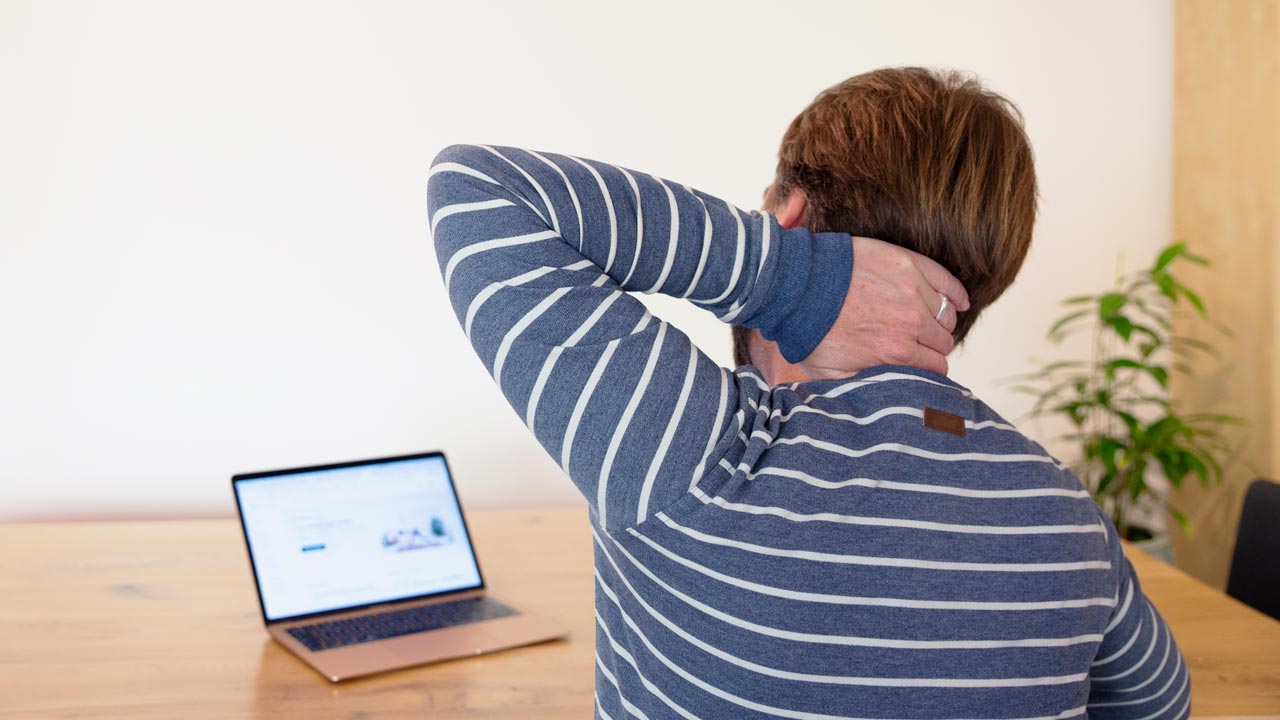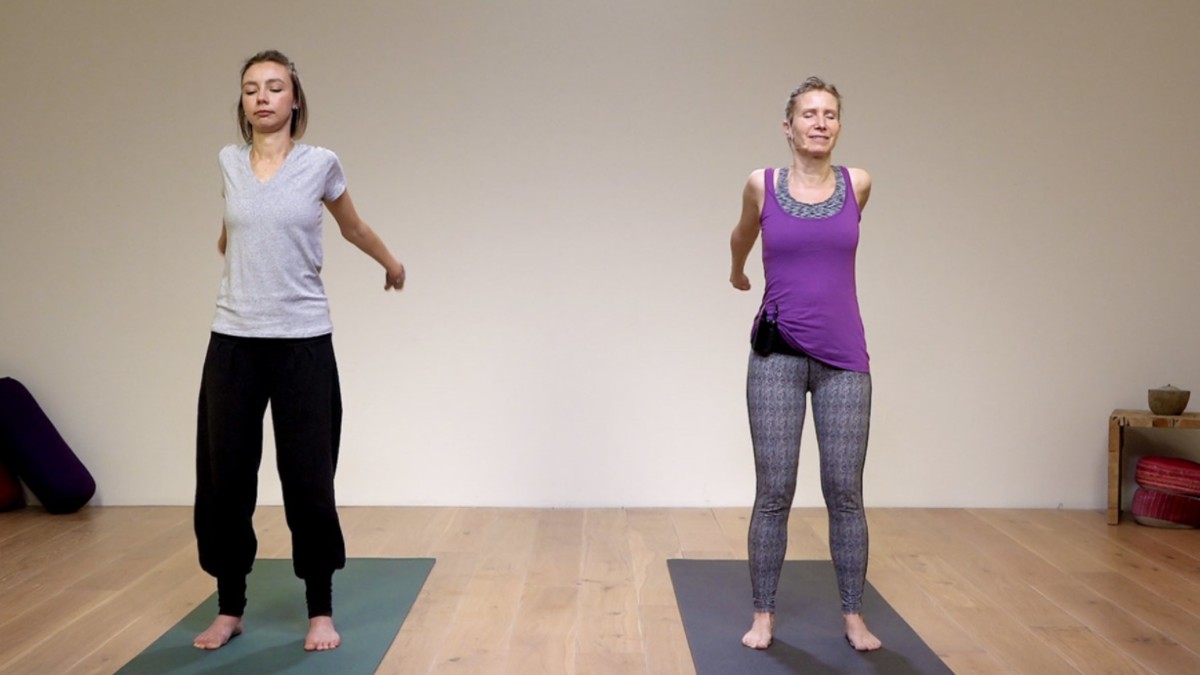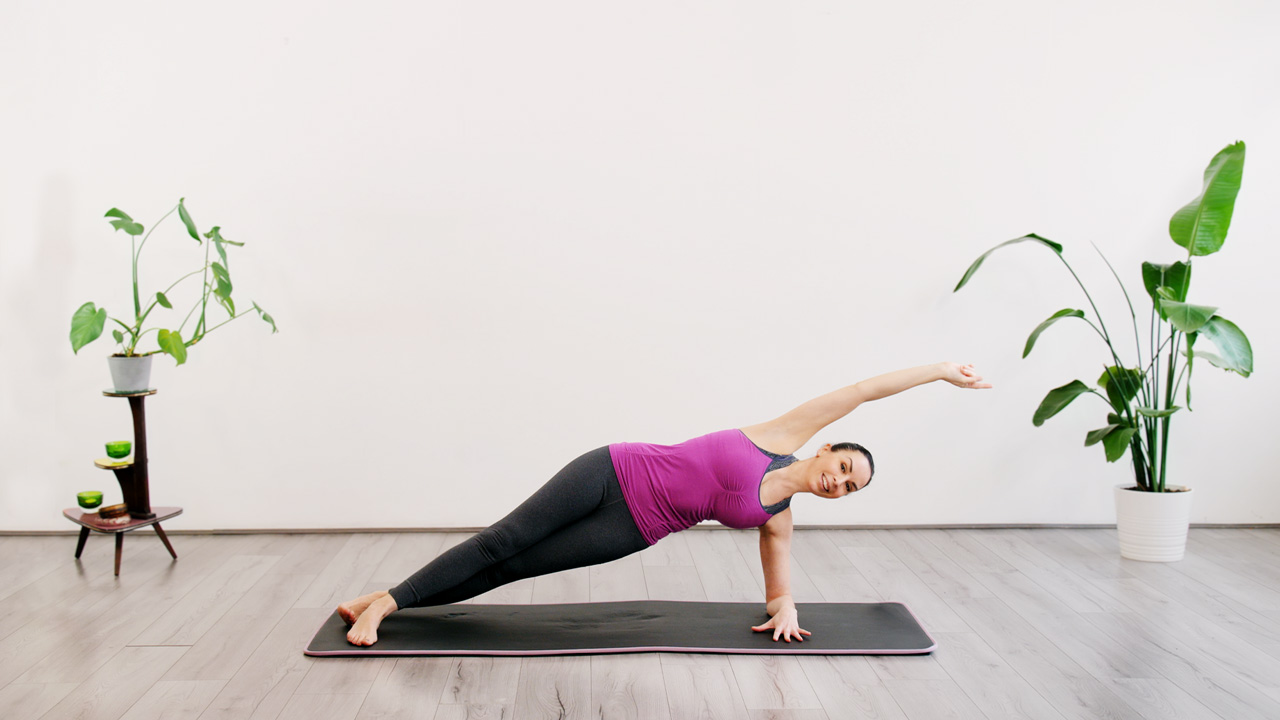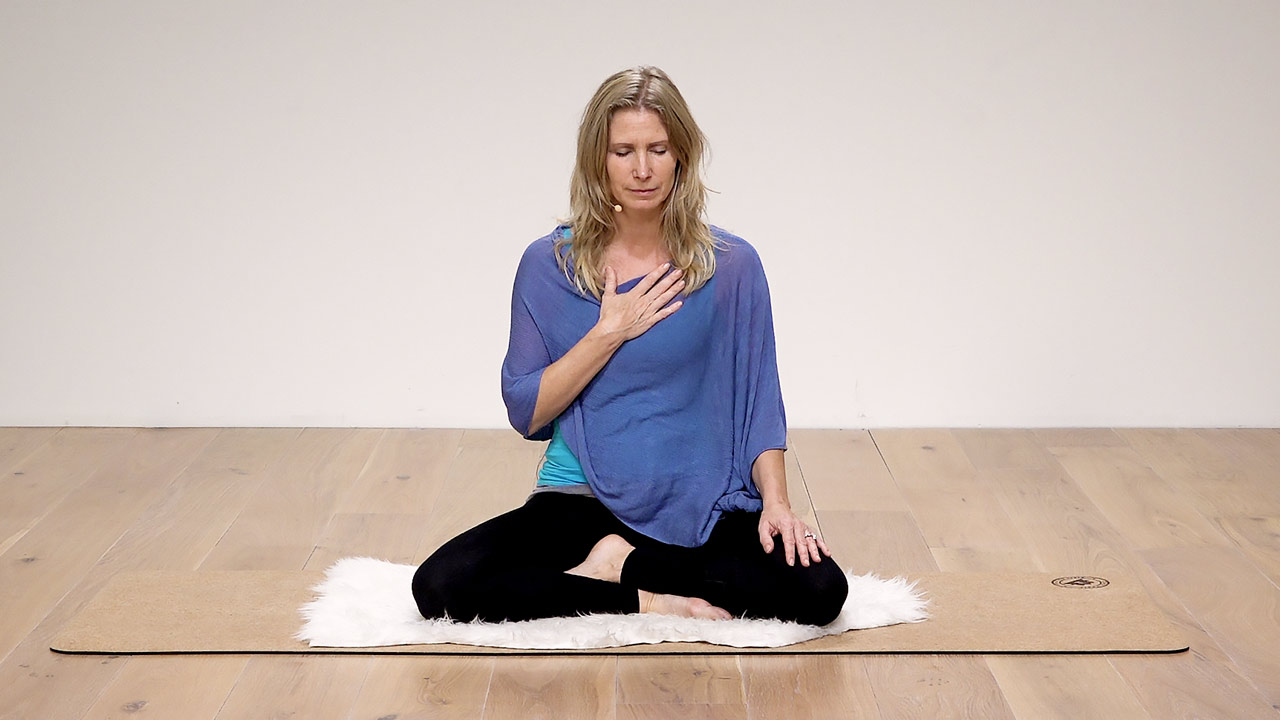The pandemic turned most of us into remote workers overnight and many of us have stayed that way. But unless you’re an old hand at working from home, you may have found yourself transported from your big screen and ergonomic office chair, to a laptop and perched on your kitchen stool.
If your home office set-up is less than ideal, you’re probably already familiar with the effects things like stiff shoulders and back pain. So we’ve put together a few ways to prevent and deal with your working-from-home aches and pains.
Set up your workspace
As much as possible, follow the best practice guidelines for setting up your work area. Although you might have to get creative, try to set up your chair and desk height so that your forearms and wrists are parallel with the floor when you type. Ideally, the top of your screen should be around eye-level, about an arm’s length away from you. Knees should be level or lower than your hips. If your feet don’t comfortably touch the floor, find something to rest them on.
If you’re working from a laptop, invest in an external keyboard and mouse if you can. You can pick up sets pretty cheaply, and your shoulders, wrists and eyes will thank you for it. Then prop your laptop up on books, yoga blocks or whatever you can find, so the screen is at eye level. If you can get hold of an external monitor, even better.
Take breaks – get up and move
Whether you’re in the office or at home, you should be getting up from your chair, away from your screen at regular intervals. Set yourself a timer to go off every hour at least. Or use the Pomodoro technique of 25 mins of work, 5 mins break. Get yourself a glass of water (stay away from that fridge!) and do one or two of the following.
Yoga exercises for working from home
Shoulders and upper back
Even if you’ve got the ideal workstation set up, we’re all carrying around more tension than usual now, surrounded by partners, flatmates, kids, the humming fridge on week 8000 of lockdown…and we tend to feel the burn most in our shoulders and upper back.
QiGong arm swings
Arm swinging is a really simple way to loosen up your shoulders and upper back. Stand up with your knees slightly bent and arms at your sides. Raise both arms up to around shoulder height and then let them swing back past your hips and forward again with momentum. Continue swinging your arms rhythmically. Apply a little effort to the backswing and allow the swing to the front to happen naturally. Repeat for 6-10 minutes. When you have finished, stand for a moment with your eyes closed to feel the effects in your body.
By strengthening the muscles in your upper back, you’ll improve your posture, ease tension in your shoulders and the muscles in the chest. This can then help you breathe more easily by freeing the diaphragm.
Cobra pose – basic back extension
Lying down on your front, bring your hands level with your shoulders with your elbows close to your body. Your feet can be together or slightly wider than hip-distance if you have any lower back issues. Engage your abdominal muscles, and on an in-breath lift your chest into Cobra pose. Think about this action coming from the upper back muscles working rather than pushing weight into your hands. Keep your neck relaxed. Exhale and slowly release back down to the floor. Repeat this two more times.
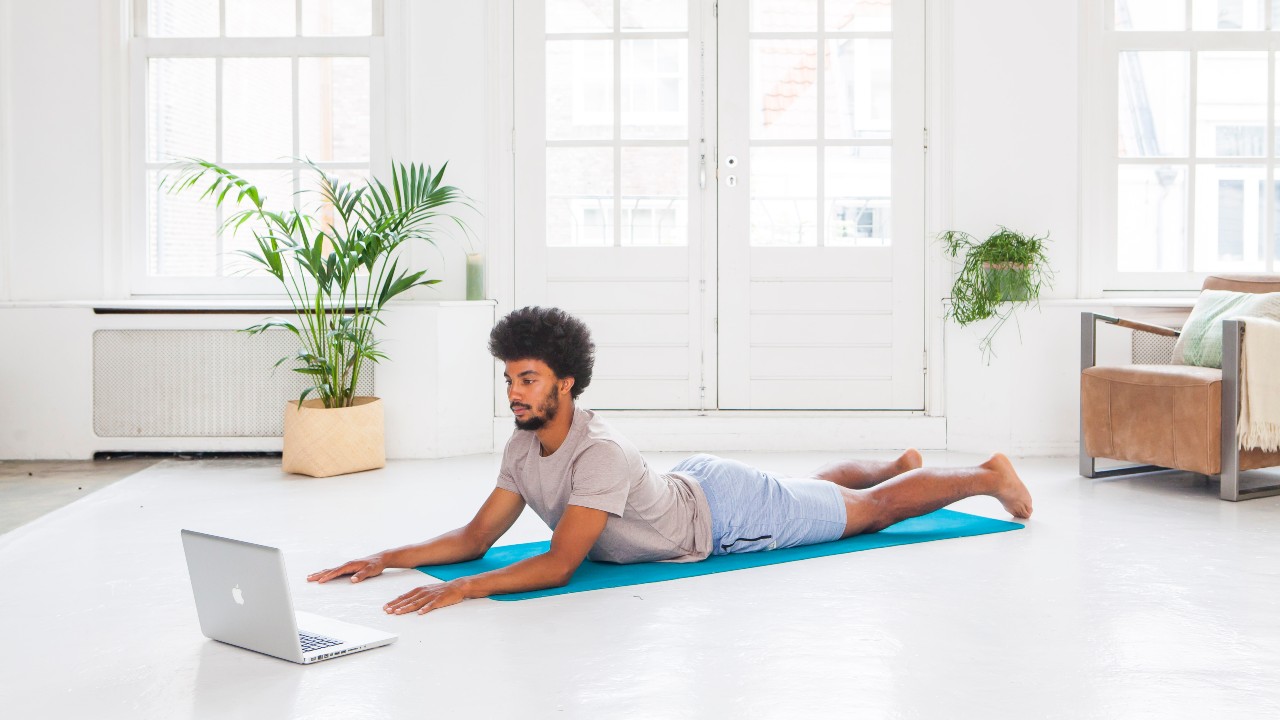
For the next two reps you can bring your hands up with you as you lift your chest if it feels comfortable, this will give your upper back muscles an extra challenge. Otherwise repeat regular Cobra two more times.
Upper back strengtheners
If you prefer not to lie on the floor, try this instead. This was given to me by a physiotherapist for my ‘computer shoulder’.
Standing up, bring your elbows to your side and your forearms in front of you, palms facing up as if you’re holding a tray. Lift your shoulders up towards your ears and then roll them down and back, firming your shoulder blades onto your back. Then, keeping your elbows in the same position, bring your hands out to the sides, leading with your thumbs. You should feel your shoulder blades moving closer to each other.
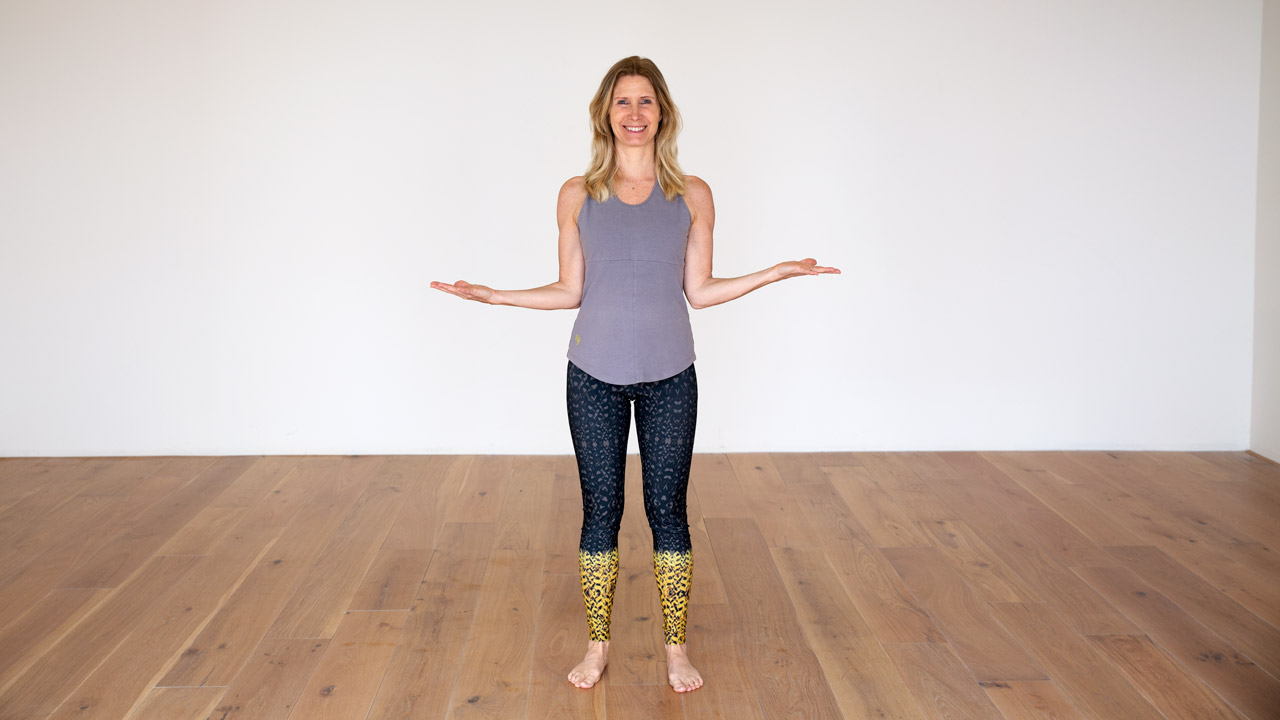
This activates the deep rhomboid muscles between the shoulder blades. The rhomboids work with the trapezius muscles to keep your shoulder blades back and down so this exercise is also helpful if you find your shoulders hunched up by your ears.
- Follow our Stiff shoulders and upper back playlist for more yoga class suggestions.
Spinal mobility
Ease back ache by keeping your spine mobile with twists, side bends, backbends and forward bends. You can do all these simple movements in your chair but ideally get up to do them:
Twists – lie on your back and bring your right knee over to your left side as you look over the right shoulder. Stay for a few breaths before changing sides. There are lots of variations of twists so experiment and find the one that works for you.
Forward bends (flexion) and backbends (extension) – come onto all fours and practice a few rounds of Cat Cows, inhale as you lift your chest and tailbone and lower your belly in Cow pose, then exhale as you tuck your tailbone and chin down, rounding your back in Cat pose.
Side bends – come back to standing, raise your arms and take hold of your right wrist with your left hand. Bend to the left feeling the stretch on your right side. Then swap sides.
If you’re struggling with back pain you might also benefit from more targeted classes to get you moving more comfortably and confidently again.
Lower back and hips
Have you swapped your padded office chair for a hard dining room chair? At the end of your day are you moving straight from ‘work’ to your sofa? Chances are you’re feeling it in your hips and lower back around about now.
Prevent your hips and lower back seizing up by standing up regularly and rotating your hips. You can either make circles in each direction or move your hips through a figure of 8 shape – Shakira hips! – as David Kam calls them in his class.
Go outside for a walk if you can, or do walking lunges across your room. They will help to stretch out the muscles on the front of the hips and thighs and activate your glutes, which get lazy when we’re sitting all day.
Yoga poses like Pigeon pose, Saddle pose, Crescent lunge and Lizard pose are also all great to counteract sitting as they target the hip flexors, quads, glutes and psoas.
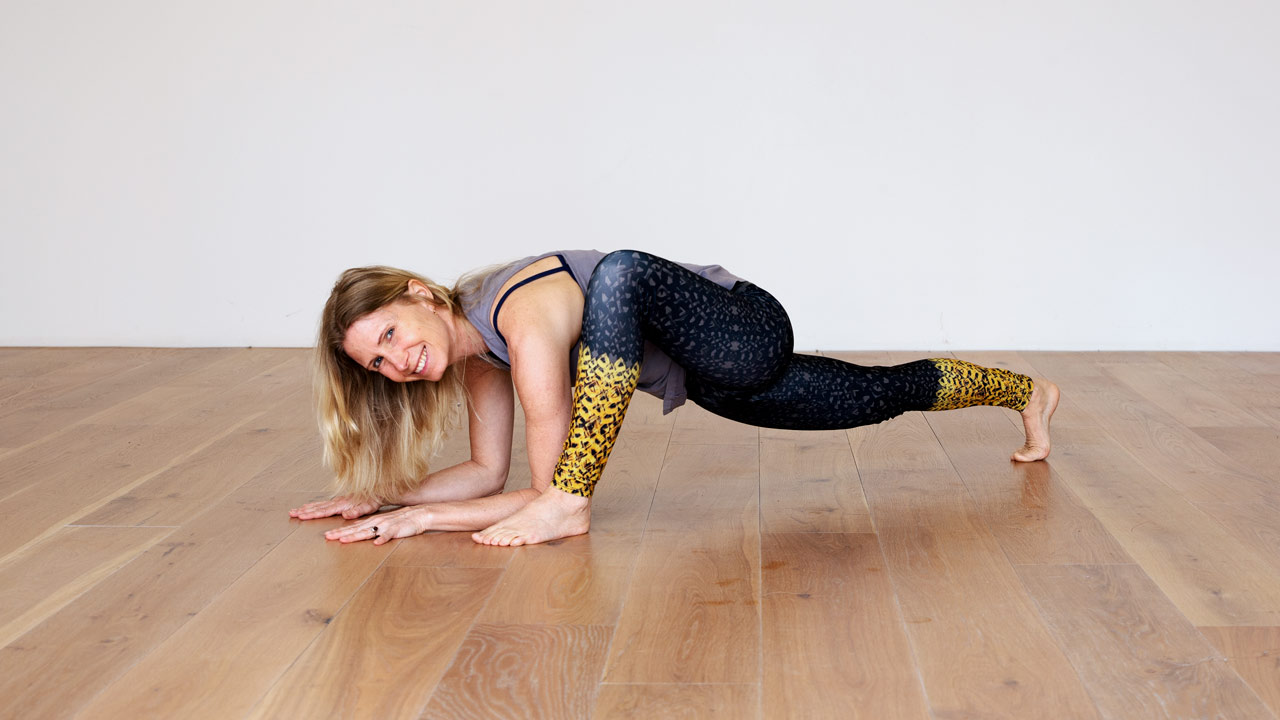
Eyes
If you’re working from home and using a smaller screen, you might find your eyes getting more tired or dry than usual, this can also happen when our focus is fixed at one distance for too long. In your screen breaks take care that you are not swapping one screen for another and reaching for your phone.
Try rubbing your palms together to create heat and holding your palms over your closed eyes. Or practice a little eye yoga with David Lurey: where you keep your head still while looking at the 12 points of a clock with your eyes.
Neck and Jaw
Do you find you’re clenching your teeth without realising? Practice these exercises from Esther Ekhart’s TMJ disorder class. Open and close your mouth and wiggle your jaw around for instant release. Notice where your tongue is in the mouth – is it jammed against the roof of your mouth or front teeth? Bring it down to lower palate, and soften the “root of your tongue” – this can be a tricky one but really takes your awareness into your mouth.
- Try Jennilee Toner’s neck friendly yoga sequence.
Feet and ankles
Unless you’re really sticking to that ‘dress as if you’re going to work’ idea, I’m guessing you’re not in your work shoes right now. While there are lots of benefits to going barefoot, being indoors on flat surfaces mean that your feet and ankles don’t get a challenge.
Work on your stability with balance poses like Tree pose. To work on flexibility do some ankle rotations at your desk. Put a towel on the floor and scrunch it up with your feet then smooth it out again with your feet. Make obstacle courses in your home with different surfaces to walk on – avoid the kid’s Lego unless you’re feeling particularly advanced!
Hands and wrists
When you’re not using your keyboard, let your hands drop beside you, shake your hands and flick out through your fingers. Keep your wrists mobile with rotations. These are particularly important if you can’t adjust your workspace so that your arms are level with your desk.
- Watch Mark Freeth’s Wrist health class for more exercises for wrist mobility.
Breath
The breath is a powerful tool for relaxing the nervous system and bringing more balance and focus in your mind. Practice Esther’s 5 minute breathing exercises, (free to non-members too), regularly through your day. There are different techniques to choose from so find the one that suits you and add it to your working from home relaxation toolbox
Mental reset – End your day
Try to do something that marks your breaks and the end of your workday. I’ve been working from home for the last 6 years and this is one of the things I struggle with the most. I (try to) symbolically end the day by cleaning my desk, washing my face or changing my clothes.
You can also end the day by shifting your energy. Shaking is a brilliant way to do this and it will help relieve some built up tension too. All you need to do is stand up and shake out your body any way you like – do it for longer than feels comfortable.
- Try it in class with Esther – Shake it all about.
Lastly – Give yourself a break
We’ve been going through some extremelly challenging times. You might find your memory, concentration and creativity are not what they usually are, even if you’re used to working at home. Give yourself a helping hand with notes, lists, reminders and the ton of remote work tips out there. But also know that there are different priorities now than before.
Accept that there will be good days and bad as we all deal with the effects of the pandemic. Make time for rests and self-care in whatever form that takes for you.

